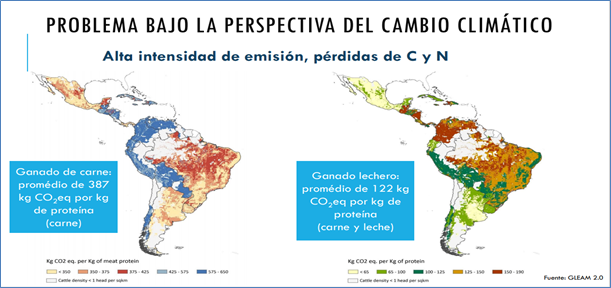Livestock Activity In Latin America And The Caribbean And Its Unfounded Attack By Ghg Emissions
Actividad Ganadera En Latino America y El Caribe y Su Ataque Sin Fundamento Por La Emision De Gei
Show authors biography
Review study about the continuous attacks suffered by livestock, both in Latin America and in other regions of the world, this activity that, in many countries of the region, is of great economic, social and cultural importance. The animal industry in LAC represents 46% of GDP and is growing at an annual rate of 3.7% that has been accompanied by increasing mitigation of nutritional deficiencies and with food security for the population. Said unfounded attacks on livestock indicate that it contributes to Climate Change through the emission of Greenhouse Gases (GHG), land degradation and deforestation. There are frequent publications, generally not scientific-technical, that unjustifiably warn about the consumption of animal products, especially red meat, about human health. It is criticized that livestock produces 14.5% of global anthropogenic GHG. However, it is argued, although not without controversy, that through the Biogenic Carbon Cycle, enteric CH4, a short-lived gas, is converted in the atmosphere through reactions with OH groups to CO2, it is reused by plants through photosynthesis. Keeping the livestock inventory constant can lead to a C neutral livestock, and if it is reduced from current levels then livestock can help cool the planet. The Biogenic Carbon Cycle does not exist in the burning of fossil fuels, which results in CO2 emissions with a great warming effect due to its long permanence in the atmosphere.
Article visits 498 | PDF visits




